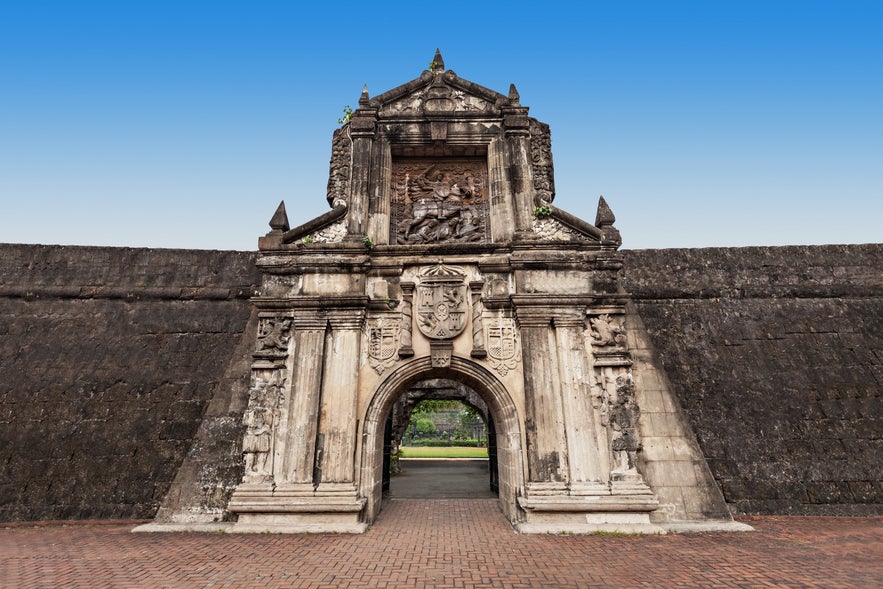Fort Santiago

Fort Santiago is one of the most significant historical sites in the Philippines and a top highlight of any visit to Intramuros old town in Manila City. Built during the Spanish colonial period, this fortress served as a defense citadel and later became a key location during World War II. Most notably, it was the final holding cell of national hero Dr. Jose Rizal before his execution in 1896.
Today, Fort Santiago is a well-preserved cultural destination that showcases the Philippines’ storied past through its ruins, dungeons, and tranquil gardens. It’s one of the most visited Manila tourist spots and is a must-visit for anyone interested in history, culture, and architecture.
It is best explored through guided Fort Santiago tours or included in broader Intramuros tours and Manila City tours.
How to Get There
Fort Santiago is located within the walled city of Intramuros in Manila City. It's easily accessible from major areas of Metro Manila region. You can get there by taxi, Grab car-hailing app, or by taking the LRT-1 train and alighting at Central or United Nations Station, then walking or riding a tricycle.
Visitors coming from the airport or cruise terminal can book convenient transfers or guided tours such as a Guided Walking Tour of Intramuros Old Town in Manila City. Travelers on limited time can also consider layover tours or shore excursions with pickup and drop-off at the Manila cruise port.
Best Time to Visit
The best time to visit Fort Santiago is from November to February when the weather is cooler and more comfortable for walking tours. Early mornings and late afternoons offer pleasant lighting and smaller crowds, ideal for photography and exploration.
Entrance Fee
Entrance fees to Fort Santiago are typically around PHP 75 for local tourists and PHP 200 for foreign tourists, with discounts available for students and senior citizens. Rates may change, so it's best to check the official Intramuros Administration website or book a Manila City tour that includes the entrance fee.









